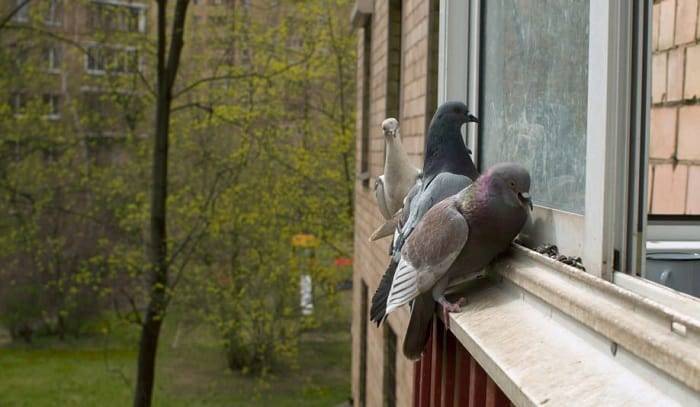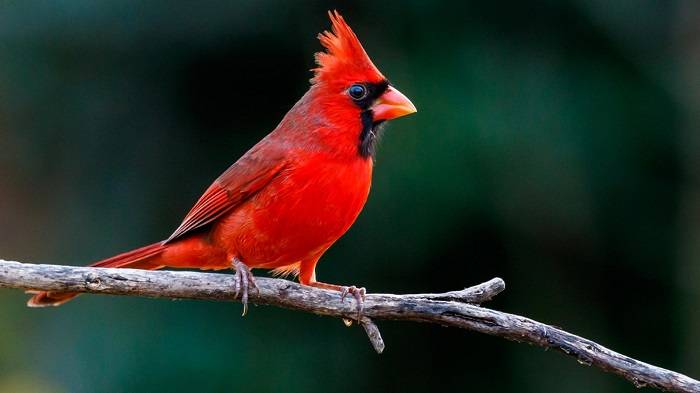The beauty of birdsong and the graceful sight of birds in flight bring joy and wonder to our lives. However, the unfortunate reality is that many birds are injured or killed each year due to collisions with windows. These collisions, known as bird strikes, can have devastating consequences for both birds and humans. In this blog post, we explore effective strategies to prevent birds from pecking at windows and reduce the risk of bird strikes, promoting harmony between our feathered friends and the built environment.
Understanding the Problem: Why Birds Peck at Windows
Misinterpretation of Reflections:
- Birds often mistake reflections in windows for open spaces, leading them to fly towards the glass in an attempt to reach perceived habitats or escape routes. This behavior is especially common during breeding season when birds may be more territorial or disoriented.
Insect Attraction:
- Some birds, particularly songbirds and woodpeckers, may peck at windows in search of insects trapped between the glass and the frame. The movement of insects or reflections of vegetation can attract birds to windows, prompting them to engage in pecking behavior.
Effective Strategies to Prevent Bird Strikes
Window Decals and Stickers:
- Applying decals, stickers, or window films to windows can create visual barriers that alert birds to the presence of glass. Choose decals with patterns or colors that break up reflections and make windows more visible to birds. Place decals closely together, especially on large expanses of glass, to maximize effectiveness.
External Screens and Netting:
- Installing external screens or netting over windows can provide an additional layer of protection against bird strikes. These screens act as physical barriers that prevent birds from colliding with windows while allowing natural light to enter the building.
UV Reflective Markers:
- UV reflective markers, which are invisible to the human eye but visible to birds, can be applied to windows to deter birds from approaching. These markers create a visual warning signal that helps birds recognize windows as obstacles, reducing the likelihood of collisions.
Bird-Friendly Landscaping:
- Planting trees, shrubs, and other vegetation near windows can help break up reflections and provide birds with visual cues to avoid collisions. Choose native plants that attract birds and create a natural buffer zone between windows and outdoor spaces.
Community Engagement and Education
Bird-Safe Building Design:
- Architects and building designers play a crucial role in creating bird-friendly structures that minimize the risk of bird strikes. Incorporating features such as angled or frosted glass, external shading devices, and recessed windows can reduce reflections and make windows more visible to birds.
Public Awareness Campaigns:
- Educating the public about the importance of bird conservation and the impact of bird strikes on bird populations is essential for fostering community engagement and promoting responsible behavior. Public awareness campaigns, workshops, and educational materials can raise awareness about the issue and encourage individuals to take proactive steps to protect birds and windows.
Protecting Birds and Windows
Collaboration with Conservation Organizations:
- Partnering with local conservation organizations and bird advocacy groups can help amplify efforts to address bird strikes and promote bird-friendly practices in the community. These organizations can provide valuable resources, expertise, and support to individuals and businesses seeking to reduce the risk of bird strikes.
Policy Development and Implementation:
- Advocating for policies and regulations that require bird-friendly building design standards can help mitigate the impact of bird strikes on bird populations. Encouraging policymakers to consider bird conservation in urban planning and development decisions is essential for creating bird-friendly cities and communities.
Related Post:
Discovering the Enigmatic World of Rare Duck Breeds
The Essential Guide to Pet Ducks: Care, Behavior, and Joys of Keeping Ducks
Discovering the Distinctive Charm of Aylesbury Ducks: A Classic Duck Breed
Preventing birds from pecking at windows and reducing the risk of bird strikes requires a multifaceted approach that combines effective strategies, community engagement, and conservation efforts. By implementing bird-friendly measures such as window decals, external screens, and UV reflective markers, individuals and businesses can create safer environments for birds while still enjoying the benefits of natural light and outdoor views. Through education, advocacy, and collaboration, we can work together to protect birds and windows, promoting harmony between humans and our avian neighbors. So the next time you look out your window, take a moment to appreciate the beauty of the birds around you, knowing that you’ve taken steps to keep them safe from harm.




